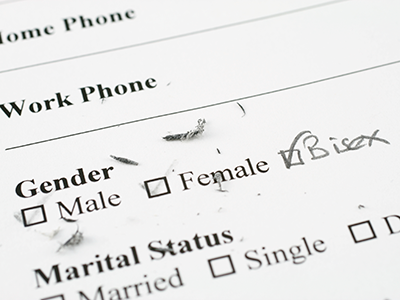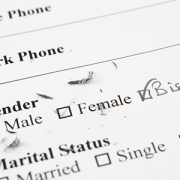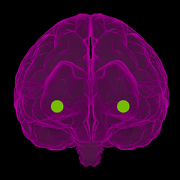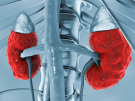Gender Self-Report seeks to capture the gender spectrum for broad research applications
 A new validated self-report tool called the Gender Self-Report provides researchers a way to characterize the gender of research participants beyond their binary designated sex at birth.
A new validated self-report tool called the Gender Self-Report provides researchers a way to characterize the gender of research participants beyond their binary designated sex at birth.
The multi-dimensional Gender Self-Report, developed using a community-driven approach and then scientifically validated, is outlined in a peer-reviewed article in the American Psychologist, a journal of the American Psychological Association.
The big picture
“This is the first broadly validated tool that allows us to measure inner gender experience across a large group of people in a rigorous way that doesn’t require a person to understand specialized gender-related terms,” says John Strang, Psy.D., who directs the Gender and Autism Program at Children’s National Hospital. He co-authored the journal article about the measure and co-led the initiative to develop it. “Typical gender assessments are fixed check boxes, which is problematic for capturing gender in people who are not familiar with many of the self-descriptors, which vary in their use and meaning.”
Strang notes that even open-field gender assessments can be problematic for people who experience gender diversity but are not aware of nuanced gender-related language.
Why it matters
This new gender characterization and inclusion method will allow researchers from a broad array of fields (e.g., social sciences, medicine, education) to model their participants’ inner gender experience more equitably in research. The resulting studies will be able to provide deeper understanding of how a person’s gender can play a role in study outcomes.
Senior author and statistical lead for the project, Ji Seung Yang, Ph.D., from University of Maryland Department of Human Development and Quantitative Methodology, foresees this tool as an important addition to the research toolkit for people studying neuroimaging, genetics and any other research that requires a more accurate and detailed picture of an individual’s gender experience.
What’s unique
The Gender Self-Report tool is the first of its kind to be developed and validated by researchers together with the gender diverse and neurodiverse communities directly. These efforts align with work in many fields of clinical research to ensure that study findings reflect the insights and experiences of the people who are being studied, rather than simply capturing the researcher’s external perspective of those participants.
The tool is appropriate for use by youth (as young as 10 years of age) and adults, gender diverse and cisgender individuals, and non-autistic and autistic people. The focus on inclusivity for autistic people is in keeping with the common intersection of autism and gender diversity (i.e., 11% of gender-diverse people are estimated to be autistic).
Gregory Wallace, Ph.D., co-author of the measure and associate professor in the Department of Speech, Language & Hearing Sciences at The George Washington University, calls the tool a “game changer for any research that needs to understand specifics about how gender experience can impact health-related or developmental differences.”
The Gender Self-Report: A Multidimensional Gender Characterization Tool for Gender-Diverse and Cisgender Youth and Adults, appears in the American Psychologist.











